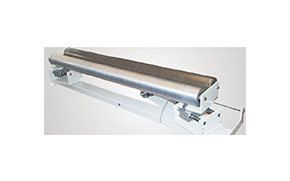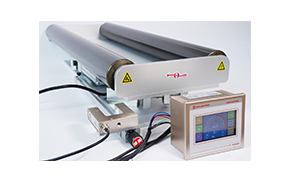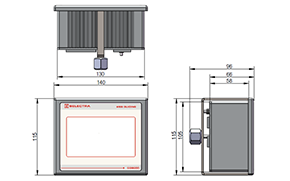Understanding Guiding Systems in Level Control Instruments
Date:
2025-02-05
Guiding systems play a crucial role in the functionality and accuracy of level control instruments, especially in the instrumentation and measurement industry. These systems are designed to ensure that the measuring devices are properly aligned and accurately positioned, which is vital for consistent and reliable readings. In the context of level measurement and control, guiding systems can significantly impact the performance and efficiency of various applications.
At its core, a guiding system provides support and stability to level measurement devices, such as sensors and transmitters. This is particularly important in environments where temperature fluctuations, pressure changes, or physical vibrations are common, as these factors can affect the accuracy of readings. By utilizing a robust guiding system, operators can minimize the risk of errors and ensure that measurements reflect the true level of materials in a given environment.
One of the key benefits of implementing effective guiding systems in level control instruments is enhanced measurement accuracy. When sensors are securely and precisely positioned, they can provide reliable data that is crucial for process control and automation. This is especially important in industries such as oil and gas, water treatment, and food processing, where precise level measurements can lead to improved safety and operational efficiency.
Moreover, guiding systems contribute to the longevity and durability of level control instruments. By protecting sensitive components from mechanical stress and environmental factors, these systems can help extend the lifespan of measuring devices. This not only reduces the need for frequent replacements but also minimizes maintenance costs, allowing organizations to allocate resources more effectively.
In addition to mechanical support, modern guiding systems often incorporate advanced technologies such as digital monitoring and feedback mechanisms. These innovations enable real-time monitoring of the position and alignment of level measurement devices, providing operators with valuable insights into the performance of their systems. Such proactive measures can lead to quicker response times in addressing potential issues, further enhancing the reliability of level control processes.
In conclusion, guiding systems are an integral part of level control instruments, contributing to their accuracy, durability, and overall performance. By ensuring that measurement devices are properly aligned and protected, these systems play a vital role in optimizing operations across various industries. Understanding the significance of guiding systems can help organizations make informed decisions about their level measurement strategies, leading to improved efficiency and safety in their processes.
At its core, a guiding system provides support and stability to level measurement devices, such as sensors and transmitters. This is particularly important in environments where temperature fluctuations, pressure changes, or physical vibrations are common, as these factors can affect the accuracy of readings. By utilizing a robust guiding system, operators can minimize the risk of errors and ensure that measurements reflect the true level of materials in a given environment.
One of the key benefits of implementing effective guiding systems in level control instruments is enhanced measurement accuracy. When sensors are securely and precisely positioned, they can provide reliable data that is crucial for process control and automation. This is especially important in industries such as oil and gas, water treatment, and food processing, where precise level measurements can lead to improved safety and operational efficiency.
Moreover, guiding systems contribute to the longevity and durability of level control instruments. By protecting sensitive components from mechanical stress and environmental factors, these systems can help extend the lifespan of measuring devices. This not only reduces the need for frequent replacements but also minimizes maintenance costs, allowing organizations to allocate resources more effectively.
In addition to mechanical support, modern guiding systems often incorporate advanced technologies such as digital monitoring and feedback mechanisms. These innovations enable real-time monitoring of the position and alignment of level measurement devices, providing operators with valuable insights into the performance of their systems. Such proactive measures can lead to quicker response times in addressing potential issues, further enhancing the reliability of level control processes.
In conclusion, guiding systems are an integral part of level control instruments, contributing to their accuracy, durability, and overall performance. By ensuring that measurement devices are properly aligned and protected, these systems play a vital role in optimizing operations across various industries. Understanding the significance of guiding systems can help organizations make informed decisions about their level measurement strategies, leading to improved efficiency and safety in their processes.
Related information









